Search for cities, countries, lakes and rivers
Greece
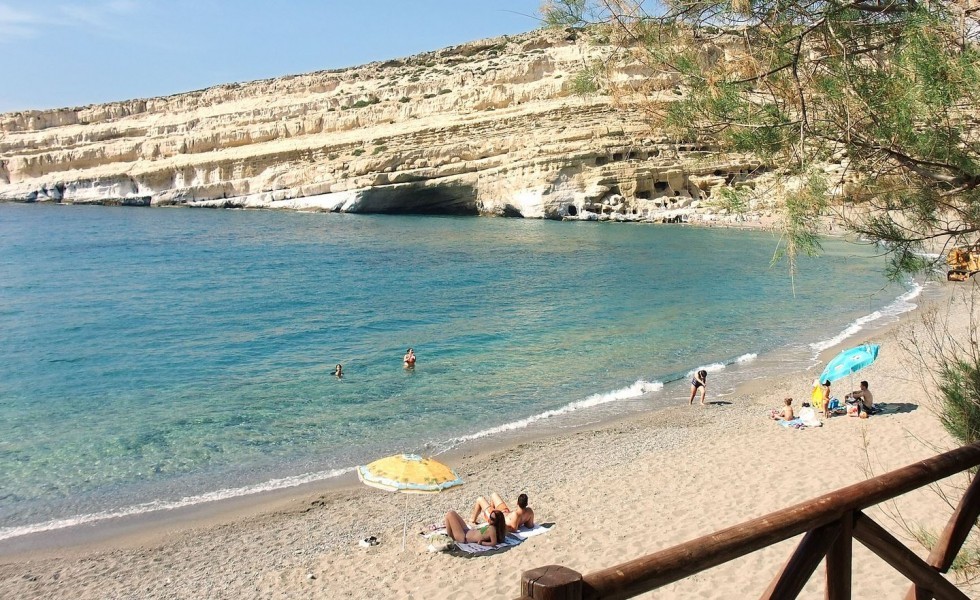
Greece, Crete © By User:Nikater
Greece Sea Temperature
This page provides detailed information about the water temperature in Greece. All countries, cities and resorts on the coast. The range of sea temperatures for today. We find every spot where you can swim and tell you what the water temperature is there today and throughout the year.
Current Sea Temperature
17.4°C
minimal
20.5°C
average
23.6°C
maximum
Graph of Sea Temperature Changes in Greece Over the Last 60 Days
The Warmest Places on the Seaside in Greece Today
The Most Popular Seaside Resorts in Greece
Seas and Oceans that Border Greece
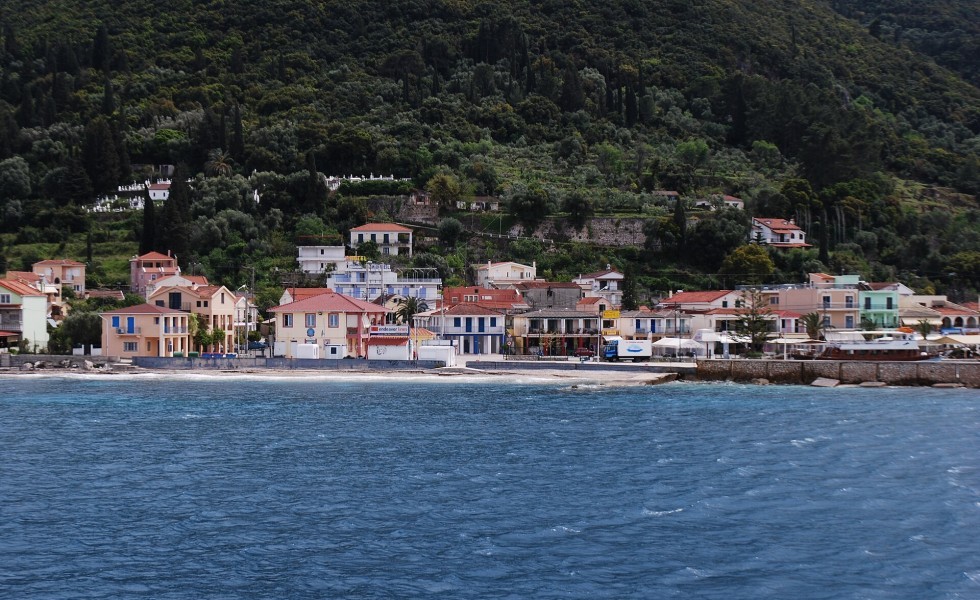
Greece, Cephalonia © By Jean Housen
Greece: List of Regions
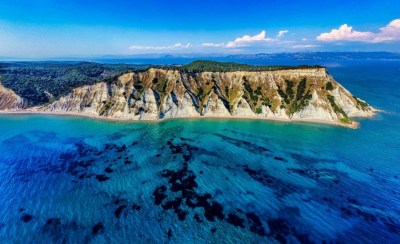
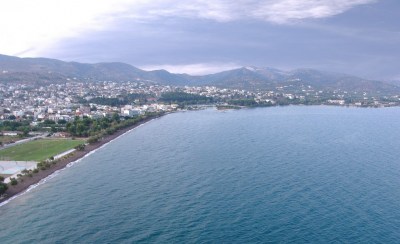
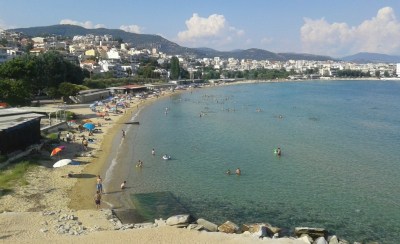
Water Temperature in Greece: General Trends and Swimming Opportunities
Greece, with its extensive coastline along the Aegean, Ionian, and Mediterranean Seas, is famous for its warm, clear waters and excellent conditions for swimming. The country boasts numerous islands, beaches, and coastal towns that attract beachgoers and swimmers from around the world. During the summer months, sea temperatures in Greece are ideal for swimming, ranging from 23°C (73°F) to 27°C (81°F) in the Mediterranean, with even warmer waters around some of the southern islands. These warm temperatures, combined with sunny weather, create the perfect environment for enjoying the sea.
The beaches of Greece vary widely, from long sandy stretches on popular islands like Crete, Mykonos, and Santorini, to secluded coves on less-visited islands such as Milos and Naxos. The clear, turquoise waters are perfect for swimming, snorkeling, and diving, offering an opportunity to explore the rich marine life that thrives in the Mediterranean. Whether you are seeking lively beach scenes with restaurants and water sports, or tranquil, isolated beaches to relax, Greece offers something for every type of beachgoer.
In addition to the ideal water temperatures, Greece's coastal regions are equipped with excellent amenities for swimmers. Many of the most popular beaches have well-developed infrastructure, with sunbeds, umbrellas, and beach bars, making them perfect for a day by the sea. In more remote areas, you can find pristine beaches with little to no development, offering an untouched, peaceful swimming experience. With its warm seas, beautiful beaches, and wide range of options, Greece is undoubtedly one of the best places in Europe for those who love to swim.
General Information and Geographical Location of Greece
Original name of the country: Ελληνική Δημοκρατία
Greece is located in Europe. The country is washed by five seas, such as the Ionian Sea, the Cretan Sea, the Mediterranean Sea, the Thracian Sea, the Aegean Sea. Greece is a large resort country and has a long coastline. To determine the temperature of the water in it, we track 247 settlements and resorts. Link to Google Maps.
Greece Weather
Greece has a Mediterranean climate, characterized by hot, dry summers and mild, wet winters. During the summer months, from June to August, temperatures often range from 85°F to 100°F (29°C to 38°C), especially in southern regions and islands. Some inland areas and cities, like Athens, can experience heatwaves with temperatures exceeding 105°F (40°C). Rainfall is scarce in the summer, and the sun shines almost every day, making it an ideal season for beach tourism. Coastal areas benefit from refreshing sea breezes, while mountainous regions remain slightly cooler.
Winters in Greece, from December to February, vary by region. In the coastal and island areas, temperatures typically stay between 50°F and 60°F (10°C to 16°C), while northern and mountainous regions can get much colder, often dropping below 32°F (0°C). Snowfall is common in the mountains, particularly in northern Greece, where ski resorts operate during the winter months. Spring and autumn offer mild temperatures between 60°F and 75°F (16°C to 24°C), with occasional rainfall, making these seasons perfect for sightseeing and outdoor activities.
Frequently Asked Questions About Greece and its Water Temperatures
What is the sea temperature today on the coast of Greece?
The sea temperature today on the coast of Greece ranges from from 63°F (17.4°C) in Alkiona to 74°F (23.6°C) in Kiotari.
Which seas and oceans border Greece?
Greece is bordered by five seas, namely: the Ionian Sea, the Thracian Sea, the Aegean Sea, the Sea of Crete, the Mediterranean Sea.
How long is the coastline in Greece?
According to The World Factbook, the length of Greece's coastline is 8,497 miles (13,676 km), while the World Resources Institute estimates it at 9,411 miles (15,147 km).
What is the best time for swimming and beach holidays on the coast of Greece?
The coastline of Greece is quite extensive, so the sea temperature varies significantly. However, if we talk about average values, there are five months in a year when you can comfortably swim in the sea: June, July, August, September and October. During this time, the average water temperature is always above 68 degrees Fahrenheit (20 degrees Celsius).
What is the sea temperature history in Greece?
Here are the ranges of sea temperatures in Greece by month based on historical data: in January from 48°F (9°C) to 69°F (21°C), in February from 50°F (10°C) to 68°F (20°C), in March from 50°F (10°C) to 66°F (19°C), in April from 51°F (11°C) to 71°F (22°C), in May from 57°F (14°C) to 77°F (25°C), in June from 64°F (18°C) to 82°F (28°C), in July from 68°F (20°C) to 86°F (30°C), in August from 69°F (21°C) to 86°F (30°C), in September from 68°F (20°C) to 86°F (30°C), in October from 60°F (16°C) to 82°F (28°C), in November from 53°F (12°C) to 78°F (26°C), in December from 50°F (10°C) to 73°F (23°C).
